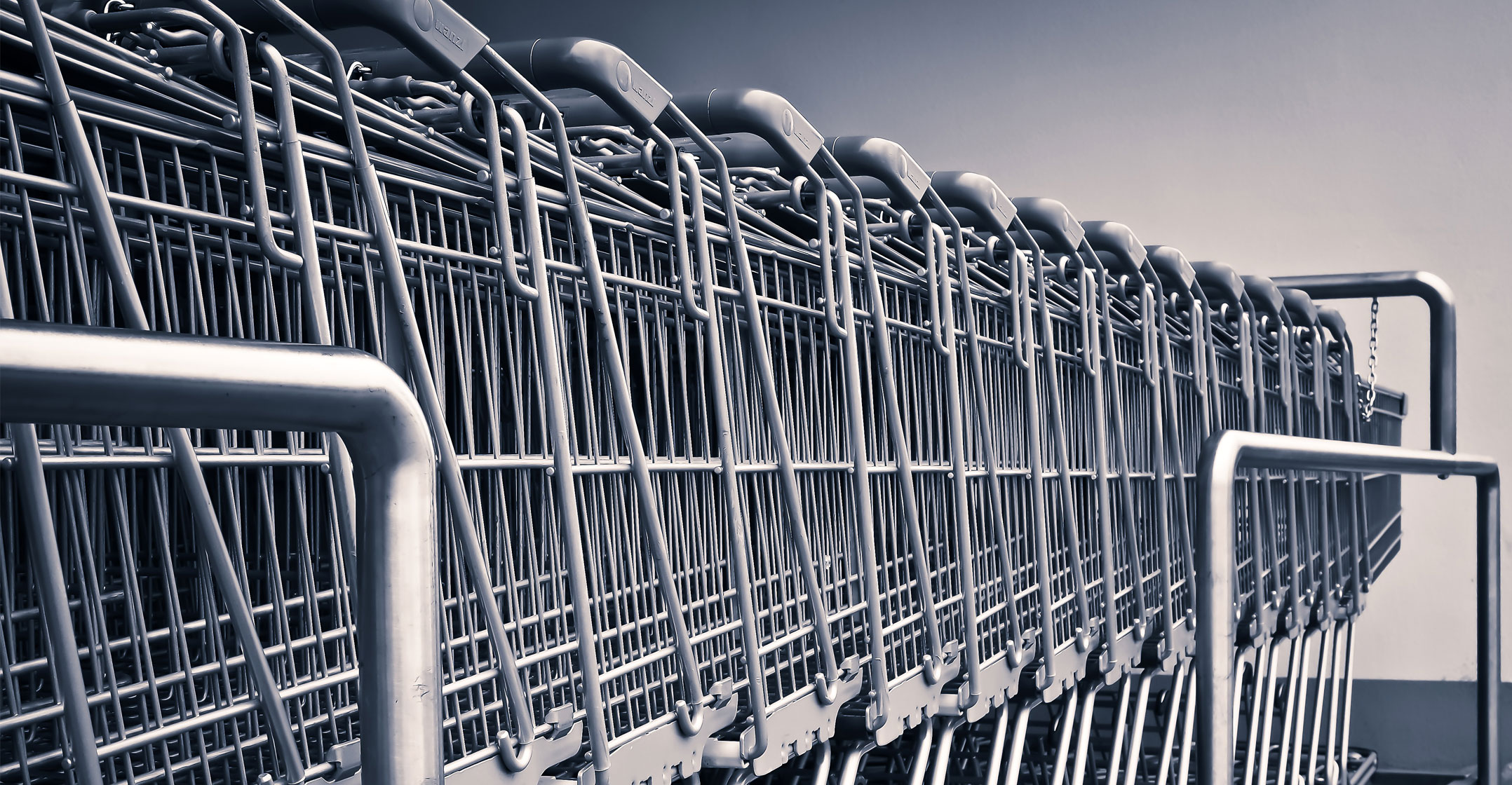
After months of tinkering, Amazon.com has finally deemed its cashier-free convenience store ready for business.
Amazon Go, as the outpost is called, opened its doors to the public on Monday. The US store is outfitted with cameras and sensors that keep track as you fill your shopping bag. You then exit through a gate without going through a checkout line. You get charged for your purchase in an app.
There’s a decent chance this marks the earliest days of a dramatic shift in retail, one that calls for a fundamental rethinking of labour allocation, technology investments and how to approach customer service in stores.
So who is affected by this — and how?
Retail workers: A cashier-less store probably sounds terrifying to the millions of people employed in that role or another job on retail’s front lines.
But they should take at least a little comfort in early hints about how the Amazon Go store will be run: Bloomberg News reported that, during a tour of the store, about 10 workers were making salads, another was checking IDs in the wine section and still others were stocking shelves. That’s a substantial number of workers for a 167 sq m store.
So if these stores or others like it become commonplace, then perhaps it won’t massively cut retail jobs.
Still, the Amazon Go store should be scary for retail workers, especially when you consider other ways technology is encroaching on their duties. Lowe’s Cos has its LoweBot, which can answer basic customer questions at some of its stores. Panera Bread and other chains have been rolling out self-ordering kiosks in their restaurants.
These companies typically say such technologies don’t eliminate jobs; they just change the responsibilities of human employees. But retail workers are right to be sceptical this will be true over the long term. At the very least, they should worry they’ll need a different set of skills to thrive in retail five to 10 years from now.
Competitive threat
Retailers: It could turn out Amazon Go is a major new competitive threat to traditional retailers, letting Amazon steal market share away from chains that have slow-moving checkout lines.
Amazon has outsmarted traditional retailers many times before with new visions of how shopping should work, and this may just be the next chapter in that story.
But there’s a bright side here for old-school retailers, too: if Amazon Go proves successful, then there’s no reason they can’t replicate its technological underpinnings and enjoy similar benefits. The possibilities are tantalising: it could make stores more productive by cutting down on lines. It could help profitability. It could make shopping at physical stores more attractive — something many retailers have struggled mightily to do amid the rise of e-commerce.
All of this is a big “if” — we don’t know how well the technology works yet. But there’s no reason Amazon should be left to reap all the rewards of this format if it is a success.
Consumers: Anyone who has ever bided time reading tabloid magazines in line at the grocery store can see the obvious potential benefit to consumers: you can get in and out of Amazon Go quickly. And this clearly helps with a key pain point of shopping at brick-and-mortar stores.
But the Amazon Go store is only truly a step up in convenience if it is executed well. If the technology is slow or buggy — perhaps, say, charging you for things you didn’t buy — then you might find yourself wishing you could just hand cash to someone for your sandwich and bolt.
Amazon originally planned to open this store in early 2017. The fact that it was delayed so long suggests this is a difficult concept to get right.
All of this is to say that it will likely be years before we understand the true impact of Amazon Go. It could turn out to be a game-changer, a flame-out or something in between. But, for now, it is a laboratory for exploring some of the most provocative questions about the future of shopping and retail jobs. Industry watchers would do well to watch it closely. — Reported by Sarah Halzack, (c) 2018 Bloomberg LP




